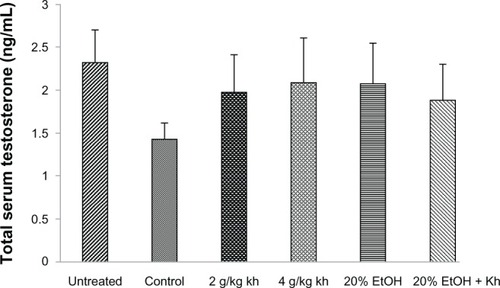Figures & data
Table 1 Screening test results for phytochemicals found in khat
Figure 1 Body weights of experimental animals.
Abbreviation: EtOH, ethanol.
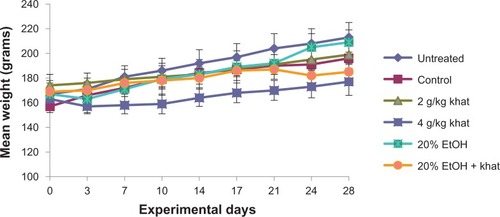
Figure 2 Blood cell counts of male rats after 28 days of treatment.
Abbreviations: kh, khat; EtOH, ethanol.
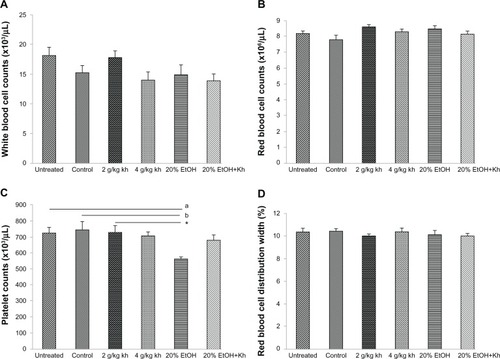
Figure 3 Mean corpuscular values of male rats after 28 days of treatment.
Abbreviations: kh, khat; EtOH, ethanol.
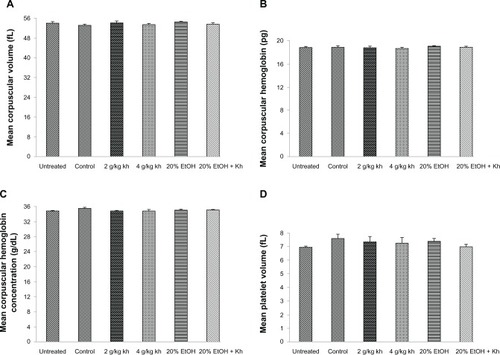
Figure 4 Hemoglobin and hematocrit levels of male rats after 28 days of treatment.
Abbreviations: kh, khat; EtOH, ethanol.
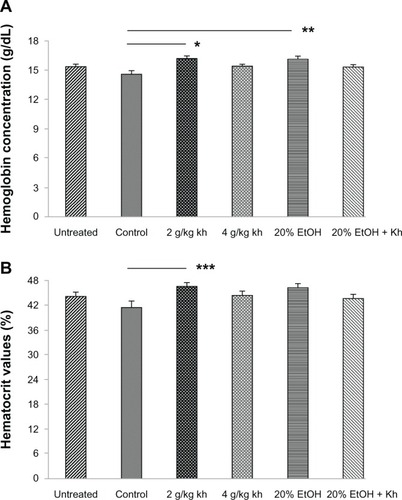
Figure 5 Serum enzyme levels of male rats after 28 days of treatment.
Abbreviations: ALP, alkaline phosphatase; GOT, glutamic oxaloacetic transaminase; AST, aspartate aminotransferase; GPT, glutamic pyruvate transaminase; ALT, alanine aminotransferase; kh, khat; EtOH, ethanol; DGKC, [Deutsche Gesellschaft fur Klinische Chemie]; German Society of Clinical Chemistry method.
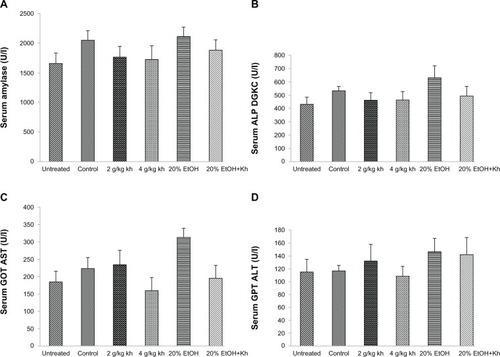
Figure 6 Serum creatinine, albumin and lipoprotein levels of male rats after 28 days of treatment.
Abbreviations: kh, khat; EtOH, ethanol; LDL, low density lipoproteins; HDL, high density lipoproteins.
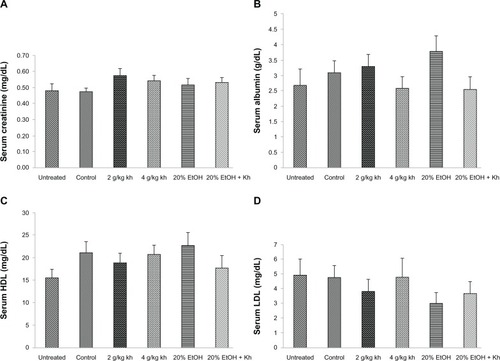
Figure 7 Total serum testosterone in male rats after 28 days of treatment.
Abbreviations: kh, khat; EtOH, ethanol.
